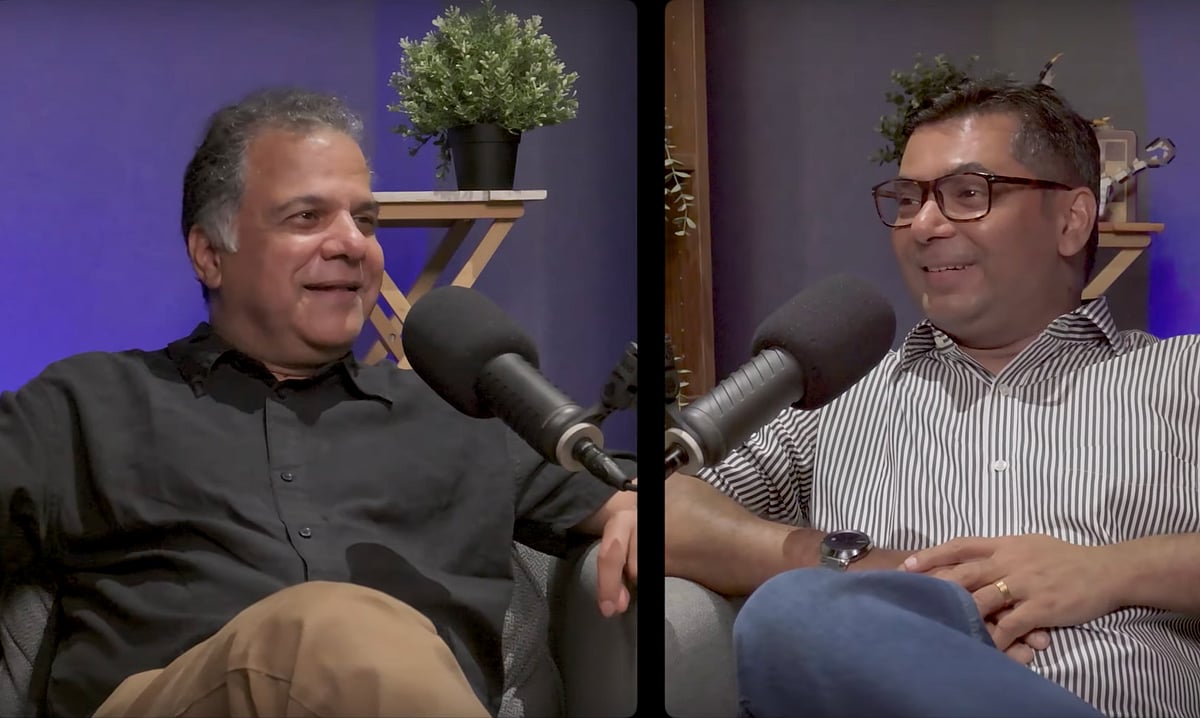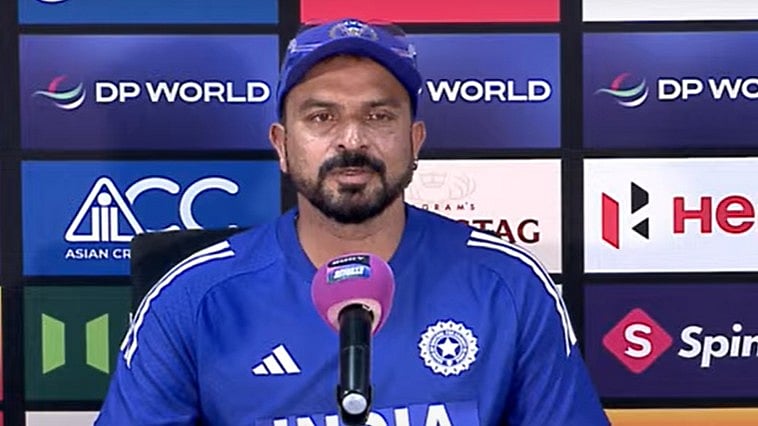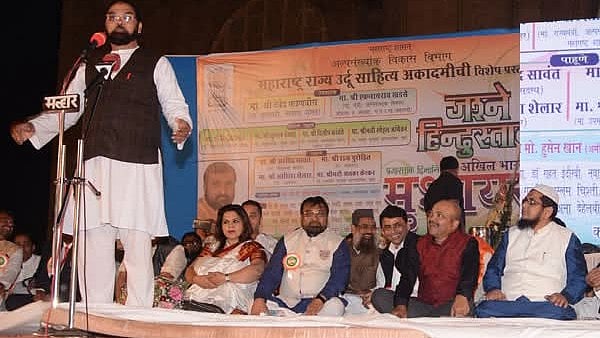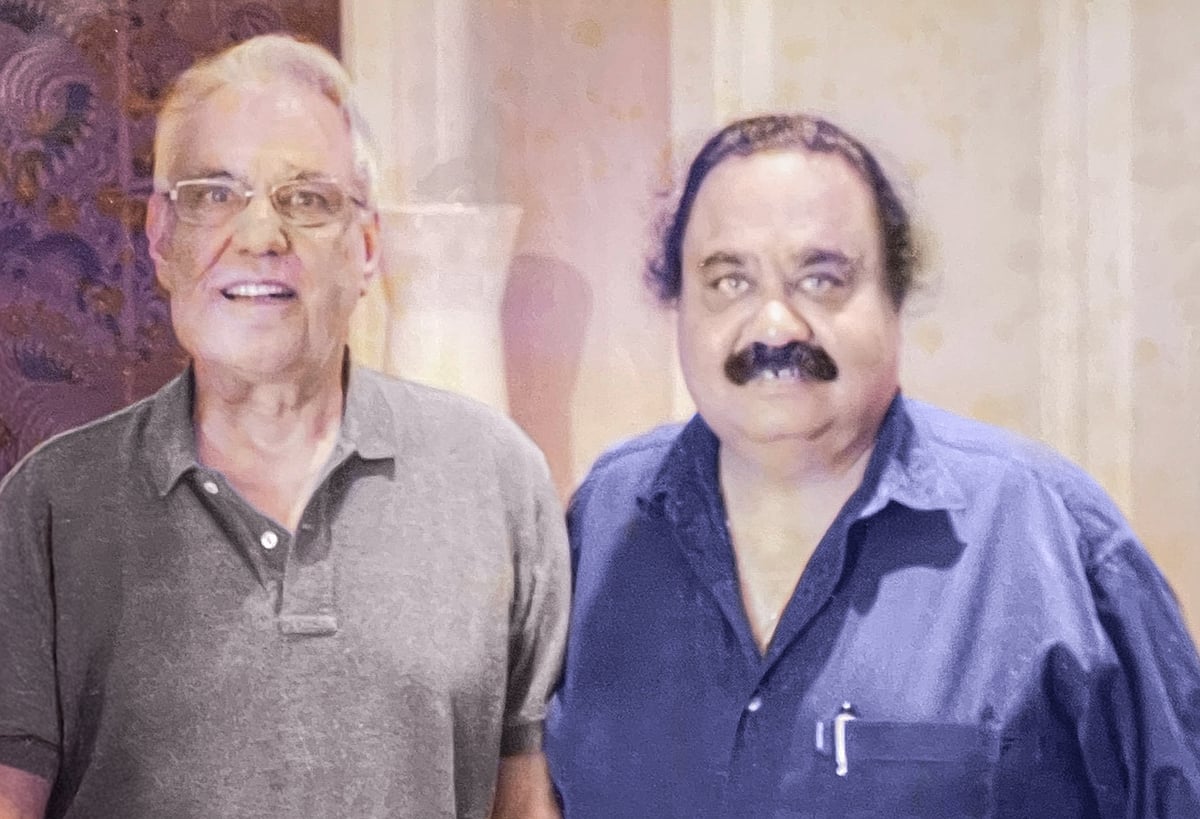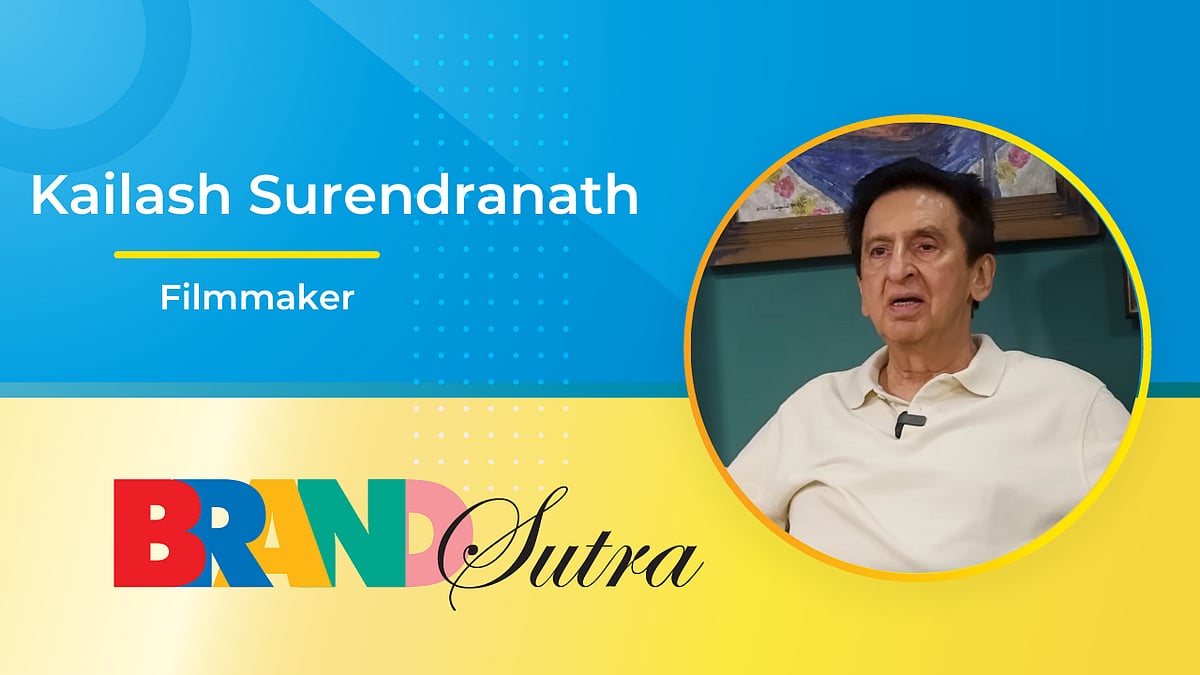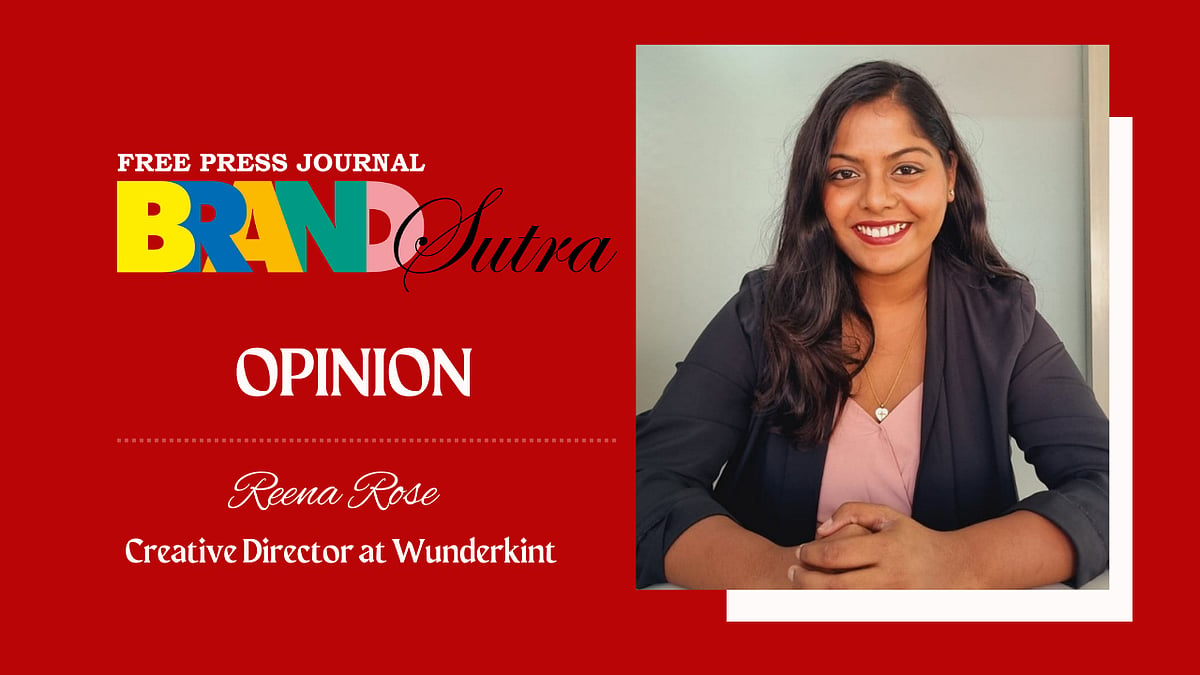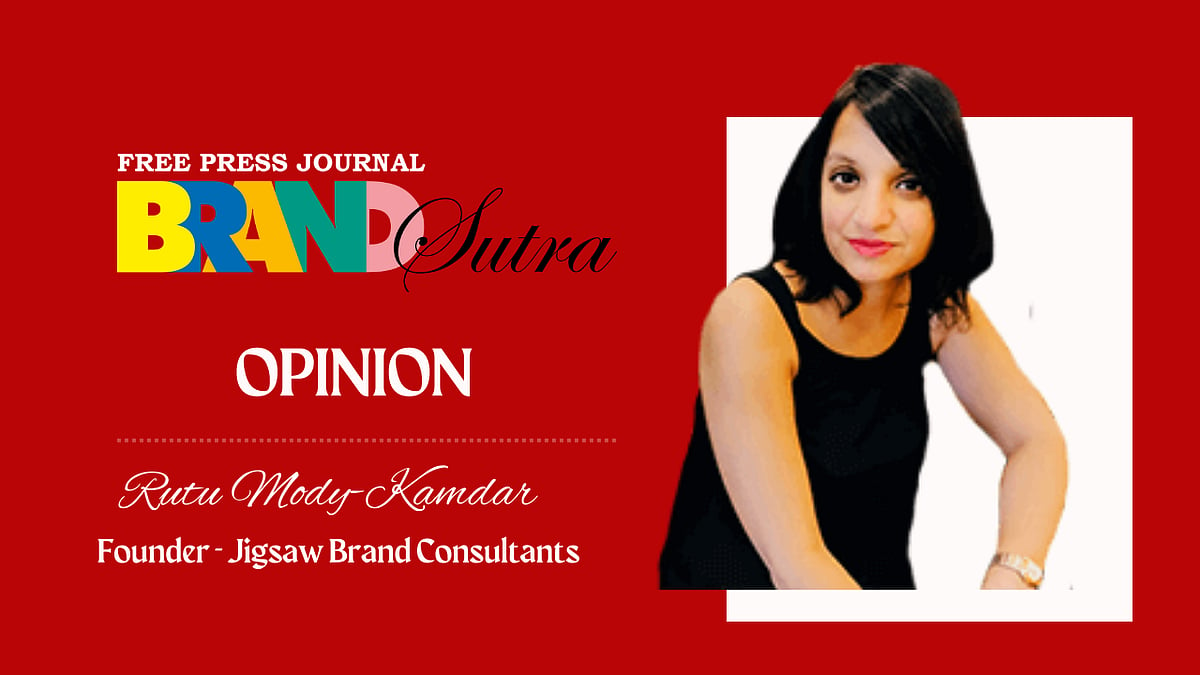Throughout his career, media maven Raj Nayak had the privilege of working with employers who gave him the authority to make decisions, along with accountability, knowing that if he messes up, it was his funeral.
That freedom guided him in cracking landmark deals in the broadcasting industry—selling USD 800,000 packages for Star Sports for USD 2 million; leaving his job at the Star Network to launch NDTV, and now, when he should be retiring, starting House of Cheer Networks to certify companies in being the “happiest places to work”.
In an interview with Gautam Shelar, he pours out his love and admiration for the potential of the broadcasting industry. He also drops truth bombs about how they've shot themselves in the foot. Watch the interview in its entirety on YouTube @SellSideConversations.
Edited excerpts…
How did you land your first sales job?
I got my first job at Tata Economic Consultancy Services. They had an annual magazine called The State Of The Nation. That’s how I entered media by default, not by design. I first indulged in writing, and realised that I couldn’t write for nuts. I also realised that it doesn’t pay. Advertising, in those days, was glamorous. It also paid much more.
Later, I joined a newspaper called the Indian Post, which was the newspaper that every household had. I was their Deputy Ad Sales Manager. That’s how I got into mainstream media. From there, there was no looking back. I began working with other publications and later television.
Did you do any formal courses to learn sales?
No. I don’t believe that selling can be taught. It’s like swimming. You have to jump into the pool to learn. Sure, you can hone your skills and get better at it. But you have to want to sell.
Tell us about the early days of television in India.
I was probably the sixth employee of Star TV in India. I joined as an area sales manager heading North and East. From there, I grew to the vice president of the company, as part of the ManCom team.
Selling, in hindsight, was much easier back in the day. And one of the reasons was the novelty. Nobody knew anything about television, and whatever you told them was treated as gospel truth.
And as Star TV, an international company, we knew a lot about what was happening in international markets. By 1994, Rupert Murdoch had taken over the company. For us to be associated with News Corp and Fox, gave us a lot to learn.
At the time, under the Star Network, we had Star Plus, Star Movies, BBC and MTV. Later, we got Star Sports.
Tell us about the USD 2 million deal you cracked.
It was the 1999 Cricket World Cup. We had to sell spots and typically, only the matches that India plays would get sold. For other matches, there were viewers, but no buyers.
I always say ‘paisa pheko, tamasha dekho’. You have to impress clients. It’s all about perception. We would host parties, we would get the cricketers to come. And, because of that, the clients, too, would come.
And the company would spend top dollar. They would never scrounge in situations like this. They would never ask about the budget as long as we got that revenue back.
So to get that revenue back, we had to sell all matches — not just the India playing ones. And I decided, unilaterally, to sell the entire series in the form of packages. You either buy the entire series, or nothing at all.
Five days before the event, not one client had picked it up. My boss had agencies calling him asking, “Whom do you have as your sports head? He’s committing suicide.”
While I was scared, I had conviction, knowing that there is no way an advertiser will not buy cricket. I also couldn’t go back on my decision because it was a matter of showing face.
Three days before the event, we started filling up. And three days into the event, we were sold out. That was a turning point in my career.
Tell us about the USD 2 million deal.
I wanted to go to the US, because my brother-in-law lived in LA. So my boss told me to find some work and do a meeting there.
So, I set up a meeting with LG’s global ad agency to check a box of doing a meeting.
I had read somewhere that Intel had bought a spot for USD 1.2 million for the Super Bowl. Using that as a reference point, I asked them, “How many people watch the Super Bowl?” They said, the whole country.
I told them, just like a Super Bowl, we have a sport called cricket and everybody watches it. And the entire population of America was equal to just the population of India's middle class.
The deal would be eight spots per day for a period of about 40 to 50 days and I asked them to take a wild guess on how much they would have to pay. They came up with an atrocious figure, and I said what if I give it to you for USD 2 million, provided you give me a confirmation letter today.
They gave me the letter and that’s how I sold our USD 800,000 package for USD 2 million. After that, every client in India was sold that spot for USD 2 million, because that became the benchmark.
How did you start NDTV?
I quit 13 channels at Star to launch one channel—NDTV. Later, we launched three channels—NDTV 24x7 (English), NDTV India (Hindi) and NDTV Profit.
The brand equity that Dr Prannoy Roy built, if someone had to measure it, was easily among the top 10 brands in the country across sectors.
He told me from the start that there would be a thick wall between editorial and commercial. So no matter how much a client spent, I couldn’t get a thing done within a show.
NDTV we started at 0 revenue and went to about 650 crores—mainly from NDTV 24x7 which was our driver channel bringing in about 450 crores.
Today, news channels are struggling, but they only have themselves to blame. I believe that television is still very powerful and impactful but they shoot themselves in the foot. Because which channel can you trust today?
What is the art or science of making a sale?
I come from the school of thought where, when you go for a sale, you think—if it doesn’t happen, it doesn’t happen. Otherwise, you turn out looking desperate.
Also, I don’t think anybody can succeed if they don’t have autonomy. You need to have trust in your leader. Hold him accountable, but give him authority. That is what both Dr Roy and the Murdochs did for me.
Watch the full podcast here:
